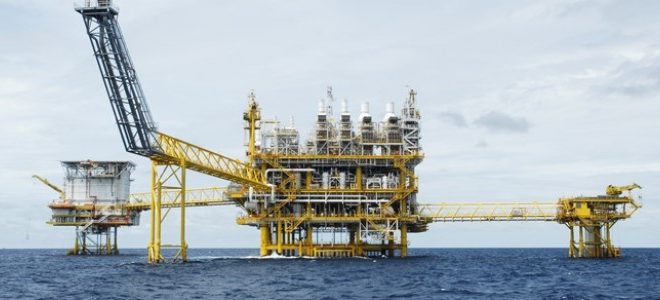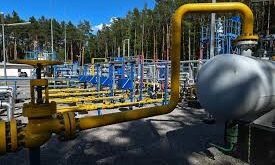The peak season for demand tends to run from November to March each year as natural gas stockpiles move out of storage. The period from April through October is the time when the energy commodity flows into storage facilities. Natural gas prices typically move higher during winter months and lower during the spring and summer seasons. The seasonality in the natural gas market causes tensions to flare between bulls and bears as the winter approaches.
The price range in the energy commodity since 1990 has been from $1.02 to $15.65 per MMBtu. Since the price had been trading at under the $3 level. reaching a low of $1.611 in March 2016. there is a committed camp of bulls looking for higher prices in the coming weeks and months based on stockpiles data that has been anything but bearish throughout the 2018 injection season. On the other side of the aisle are the bears who correctly site record production. massive reserves. and a changed environment for the energy commodity with falling production costs. fewer regulations and much lower prospects for price gains.
The fundamental equation in the natural gas market gas expanded dramatically. On the supply side. quadrillions of cubic feet of natural gas in the Marcellus and Utica sale regions. advances in the technology of extracting the energy commodity from the crust of the earth. and a friendlier regulatory environment weigh on the price of natural gas. On the demand side. natural gas-fired electricity production at the expense of coal and LNG flowing around the world have created new demand verticals that did not exist in past years and support the price of the energy commodity.
 Iran Energy News Oil, Gas, Petrochemical and Energy Field Specialized Channel
Iran Energy News Oil, Gas, Petrochemical and Energy Field Specialized Channel




